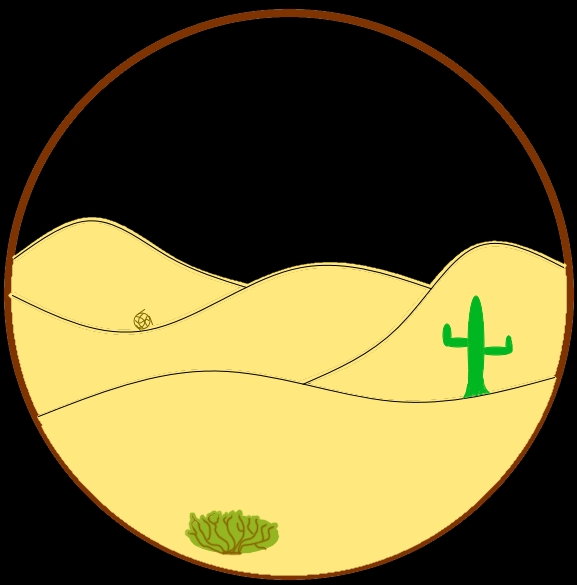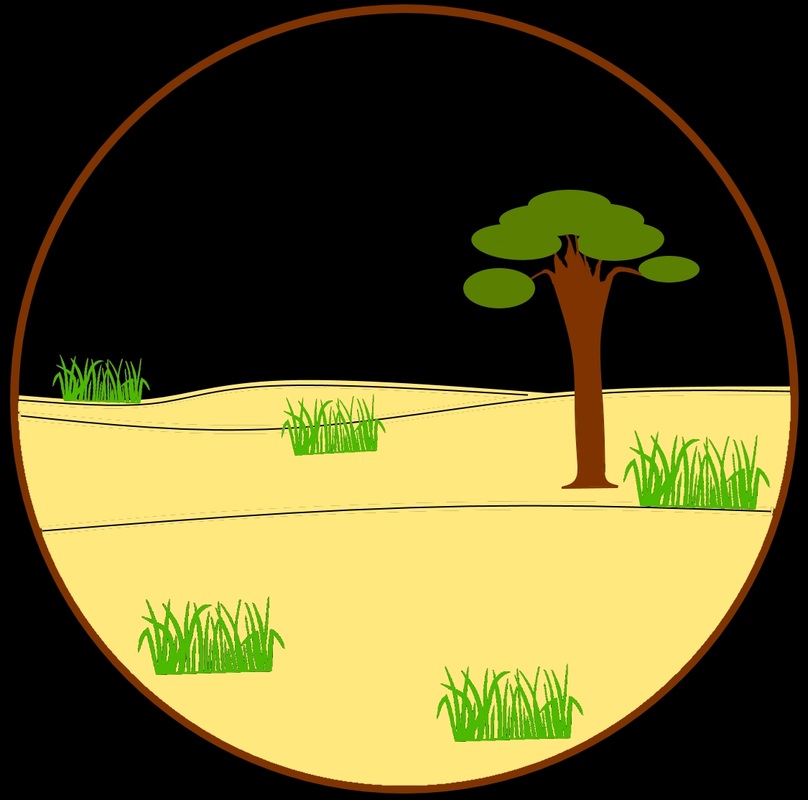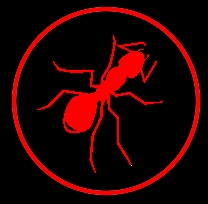Chameleon
Chamaeleon sp.
Where is it found?
Desert, grasslands, savannahs and tropical rainforests
Diet and foraging method
Key adaptations
Chameleons have feet for gripping onto branches making them excellent climbers, a tongue as long as their body which can extend outwards at incredible speeds to catch flying insects and eyes that can move independently as well as 360 degree vision for predator avoidance and prey capture.
Social organisation and mating system
Solitary
Polygamous
Did you know that...?
Chameleons are well-known for their ability to change colour to camouflage into their environment, but they also change colour when they come into contact with other Chameleons, particularly in the mating season.
Taxonomy
Picture credits:
Maps from: http://species.mol.org/species/
"Chamaeleo chamaeleon - Common Chameleon - Bukalemun" by Zeynel Cebeci - Own work. Licenced under CC BY-SA 4.0 via Wikimedia Commons - https://commons.wikimedia.org/wiki/File:Chamaeleo_chamaeleon_-_Common_Chameleon_-_Bukalemun.jpg#/media/File:Chamaeleo_chamaeleon_-_Common_Chameleon_-_Bukalemun.jpg
"Chamaeleo chamaeleon - Common Chameleon - Bukalemun" by Zeynel Cebeci - Own work. Licenced under CC BY-SA 4.0 via Wikimedia Commons - https://commons.wikimedia.org/wiki/File:Chamaeleo_chamaeleon_-_Common_Chameleon_-_Bukalemun.jpg#/media/File:Chamaeleo_chamaeleon_-_Common_Chameleon_-_Bukalemun.jpg










